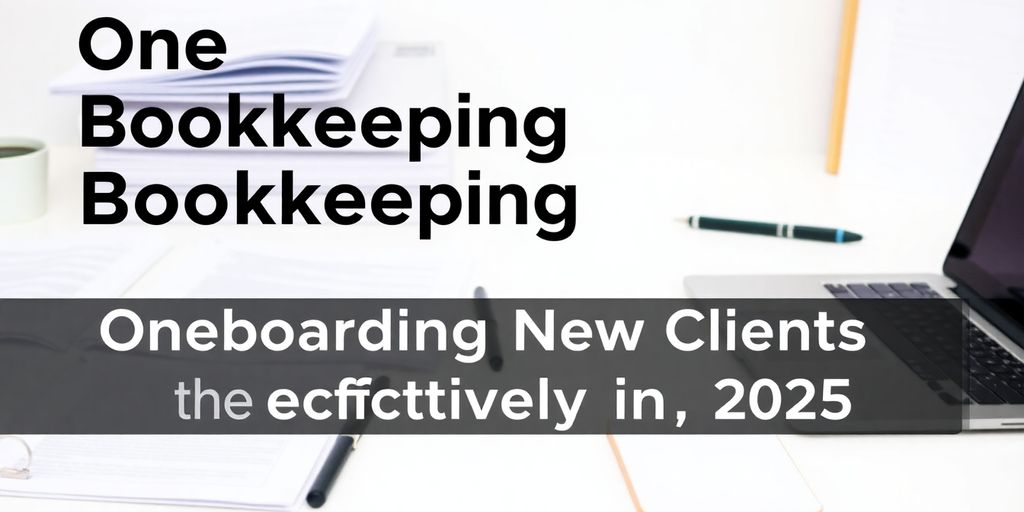Onboarding new clients can feel overwhelming, but it doesn’t have to be. With a clear and organized approach, you can make the process smoother for both you and your clients. This article provides a comprehensive checklist specifically designed for bookkeepers, helping you streamline your onboarding in 2025. By following these steps, you can ensure that every new client feels welcomed and informed from the very start.
Key Takeaways
- A well-structured onboarding process sets clear expectations for both the bookkeeper and the client.
- Utilizing technology can greatly enhance efficiency and communication during the onboarding phase.
- Regular follow-ups and feedback collection are key to building trust and improving the onboarding experience.
Essential Steps For Your New Client Checklist
Gathering Client Information
When you welcome a new client, you need to start by collecting all their details so nothing is missed later on. Begin with gathering the basics like contact details, business type, and client data like tax info. Consider these steps:
- List out the necessary documents
- Ask for copies of previous financial records
- Verify government details
Remember, a tidy files setup is your best friend when questions arise later on.
Setting Up Communication Channels
Now that you’ve got your client’s details sorted, it’s time to iron out how you two will stay in touch. Think about what will work best for both sides, whether it’s through email, phone calls, or even a dedicated messaging app. For instance, you might want to:
- Create a shared email thread for quick updates
- Schedule regular check-in calls
- Set up a messaging channel for day-to-day queries
Here’s a quick table to show a few common methods:
| Channel | Purpose |
|---|---|
| Official communications | |
| Phone Call | Immediate feedback |
| Messaging App | Casual updates |
Defining Service Expectations
Before you dive into the actual work, outline exactly what both you and your client are agreeing on. This means clearly stating what services you’ll provide, deadlines, and how often you’ll check in. It’s one of those moments where you should be crystal clear. This step stops all confusion later on.
Follow these bullet points:
- Detail the scope of your services
- Set timelines for deliverables
- Agree on a follow-up schedule
By locking in these details, you’re also putting together a clear agreement that both parties can refer back to.
Getting these initial steps right might seem a bit of extra work now, but it’ll save you a serious headache down the road.
Streamlining Your Onboarding Process
Creating a Welcome Packet
When you’re onboarding a new client, the first impression counts—so why not make it fun and organized? Start by putting together a neat packet that explains who you are, what you offer, and how the whole process will roll out. Throw in that welcome letter, the contract details, and even a cheat sheet on what clients need to get started. This packet isn’t just a pile of paper; it’s your chance to show that you’re on top of things from day one.
Utilizing Technology for Efficiency
Let’s face it, no one enjoys sifting through endless emails and messy file folders. Instead, turn to tech to keep everything tidy. Using a digital platform can make all the difference—think automated reminders, online document storage, and even scheduling tools. Here’s a quick breakdown of how tech can help:
- Centralized Document Storage
- Automated Task Reminders
- Real-Time Updates
For a smooth ride, consider using an onboarding tool like onboarding tool, which helps set up workflows and minimizes back-and-forth. Check out the table below for a snapshot of what modern tools can do:
| Feature | Benefit |
|---|---|
| Automated Reminders | Saves you time |
| Secure Document Storage | Keeps client info safe |
| Workflow Customization | Adapts to how you work |
Scheduling Initial Meetings
Now that the tech is in place, it’s time to get personal. Book that first call or meeting where you can chat, clear up any questions, and set expectations. A few steps to nail this part:
- Pick a time that’s convenient for both of you (and double-check time zones!).
- Send out a simple agenda to keep the meeting focused.
- Follow up with minutes or an action list so everyone’s on the same page.
Remember: A clear schedule and honest conversation early on can save you tons of hassle later.
By taking these steps, you’re not just checking a box—you’re laying the groundwork for a smooth, efficient, and friendly client relationship.
Building Trust With New Clients

Establishing Clear Communication
When you kick things off with a new client, clear communication is your best friend. You want to make sure you’re both on the same page without getting overly formal or complicated. Keep it simple, chat openly about expectations, and don’t be afraid to ask questions if anything feels off. It’s all about keeping your chat simple and honest. Check out some client tips that can help you smooth out the conversation.
Providing Regular Updates
You don’t want your client to feel left in the dark. Instead, drop them a quick note or set up a short call every now and then to share what’s been happening. Regular updates keep misunderstandings at bay and build a stronger connection. Consider these quick ideas:
- Setup a routine email summary after tasks are completed.
- Use a preferred messaging app to send short updates.
- Ask if they’d like more details or prefer keeping it brief.
Soliciting Feedback
Asking for feedback might seem a bit nerve-wracking, but it’s a two-way street that benefits both of you. Invite your client to share what’s working and what isn’t, so you can tweak your process accordingly. Try mixing up your approach:
| Method | Example | Benefit |
|---|---|---|
| Quick Surveys | Short email polls | Fast insights |
| Casual Chats | Brief meet-ups | Builds rapport |
| Online Forms | Digital questionnaires | Easy to track data |
Each bit of input helps you fine-tune your service and shows you really care about what they have to say. Remember, honesty in sharing feedback goes a long way.
Trust isn’t built overnight—it’s nurtured with regular check-ins, clear messages, and an open ear for feedback. Stick with it, and you’ll create a partnership that lasts.
Common Pitfalls To Avoid

Skipping Important Steps
You might think that a few missed items don’t matter, but skipping important steps can quickly turn your onboarding process into a wild maze. When you forget to cover every detail, you could end up chasing down missing client details or redoing work. Don’t let a skipped step derail your whole process!
Remember, consistency is key. Here are a few things you can do:
- Use a clear checklist (check out our onboarding checklist for some smart pointers).
- Double-check critical items like client data and documents.
- Set reminders for each step to ensure nothing slips through the cracks.
Overcomplicating the Process
Sometimes you feel the urge to add a million extra steps for perfection, but too much complexity can confuse both you and your clients. Simplicity often leads to smoother operations. Here’s a quick look at why overcomplicating things might be a bad idea:
| Complexity Factor | What Happens |
|---|---|
| Too many forms | Clients get overwhelmed |
| Excessive email chains | Critical details can be lost |
| Over-detailed welcome docs | Clients tune out the important info |
Keep it straightforward. Break things down into manageable, clear actions and avoid busywork. A simple process helps everyone stay on track without getting bogged down in unnecessary details.
Neglecting Client Follow-Up
After the initial onboarding whirlwind, it’s easy to think you’re done. But neglecting follow-up can lead to misunderstandings and a disconnected client relationship. It might even cause small issues to snowball over time.
Here’s a list of follow-up actions you should consider:
- Schedule a quick check-in call after the first week.
- Send a summary of what was discussed.
- Ask for feedback to improve your process.
Following up is more than a formality—it’s about building trust and showing your clients that you genuinely care about their experience.
Keep that friendly line of communication open, and you’ll not only avoid steep pitfalls but also create a lasting rapport with your clients. And remember, staying meticulous in every step pays off in the long run.
Wrapping It All Up
So, there you have it—your ultimate cheat sheet for onboarding new accounting clients like a pro. Sure, it might feel like a lot to tackle at first, but trust me, once you’ve got your system down, it’s smooth sailing. Plus, a solid onboarding process doesn’t just make your life easier—it sets the tone for a great working relationship with your clients. And hey, who doesn’t want happy clients who stick around? So grab that checklist, pour yourself a coffee (or tea, no judgment), and get to it. Your future self—and your clients—will thank you.
Frequently Asked Questions
What should I include in my new client checklist?
Your checklist should have steps like gathering client information, setting up communication, and defining what services you’ll provide.
How can technology help with onboarding new clients?
Using software can make onboarding faster and easier by automating tasks and organizing information.
Why is it important to build trust with new clients?
Building trust helps create a good working relationship, making clients more likely to stay with you long-term.







